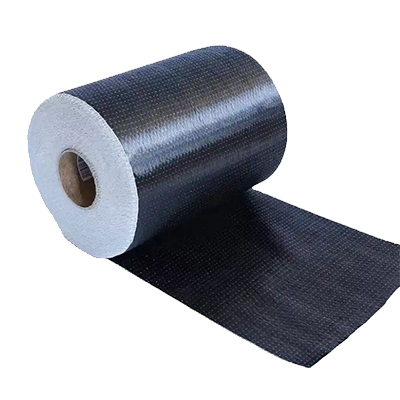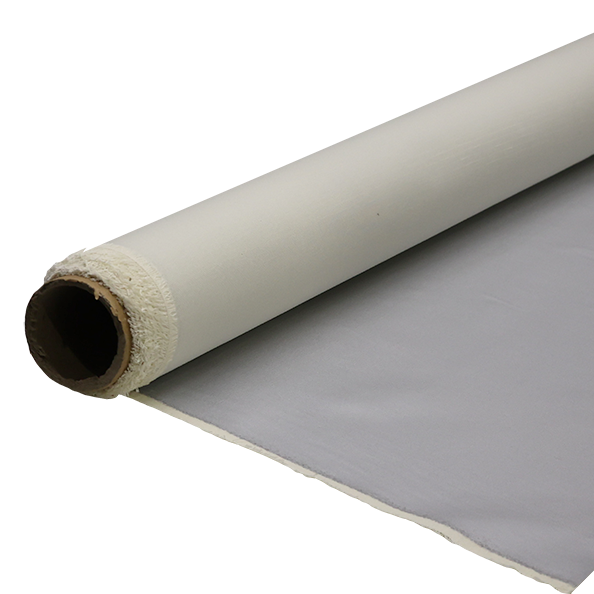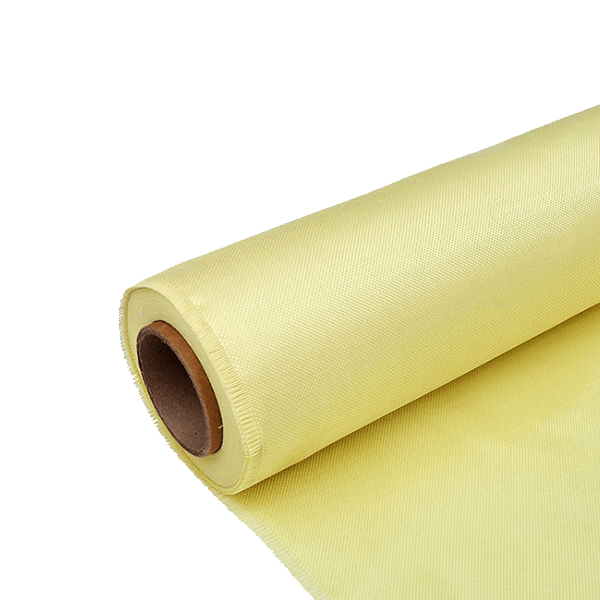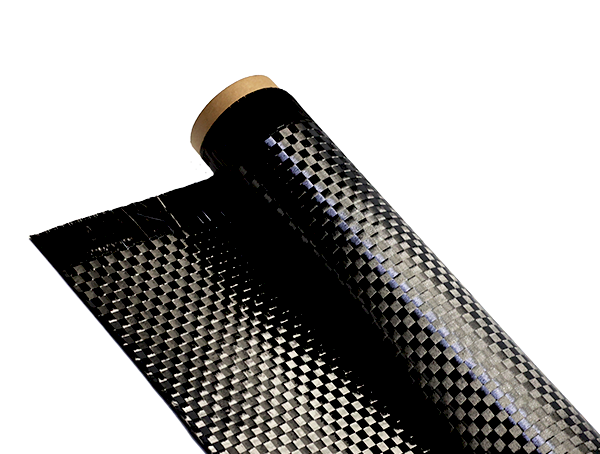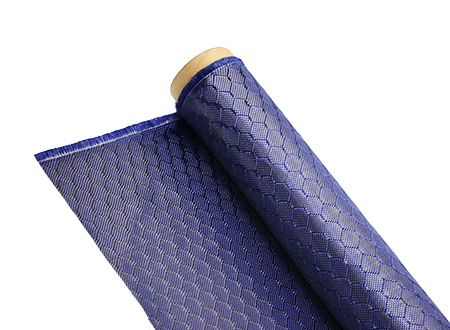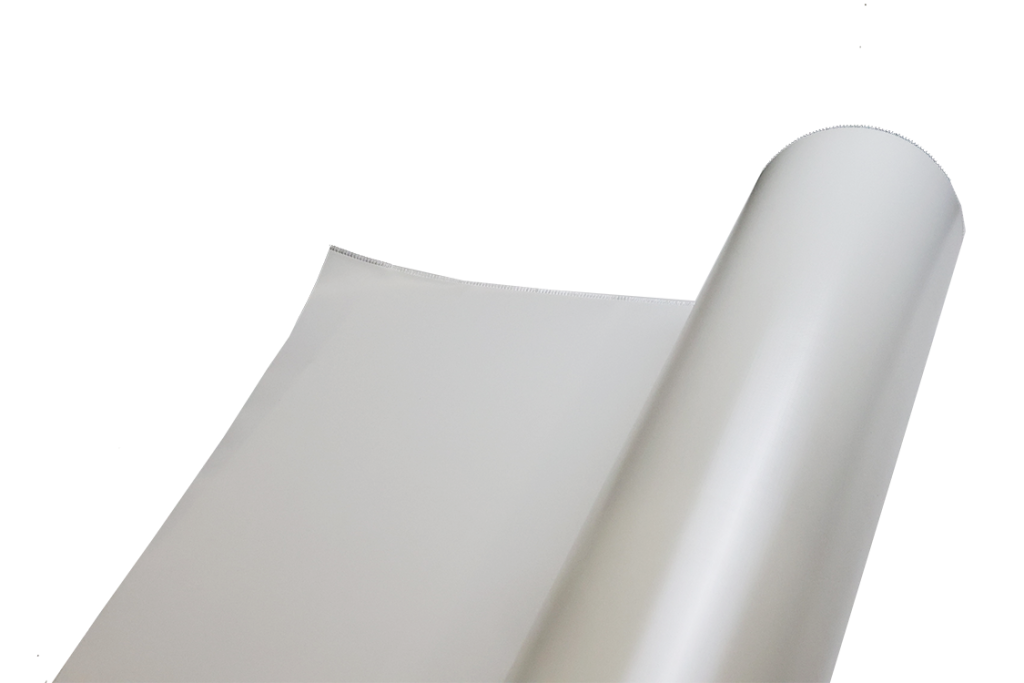Laminate Shrinkage Reduced by 35% in New System
-
Table of Contents
“Experience Unmatched Durability: 35% Reduced Laminate Shrinkage with Our Innovative System!”
A groundbreaking advancement in laminate manufacturing has led to a new system that reduces laminate shrinkage by an impressive 35%. This innovative technology addresses a common challenge in the industry, where traditional laminates often experience significant dimensional changes during production and post-processing. By optimizing the formulation and processing techniques, this new system enhances the stability and durability of laminate products, ensuring they maintain their intended dimensions and performance characteristics. This reduction in shrinkage not only improves the quality of the final product but also increases efficiency in production, ultimately benefiting manufacturers and consumers alike.
Innovative Solutions for Laminate Shrinkage Reduction
In the realm of manufacturing and material science, laminate shrinkage has long posed a significant challenge, particularly in industries reliant on high-quality finishes and precise dimensions. Recent advancements have led to the development of an innovative system that has successfully reduced laminate shrinkage by an impressive 35%. This breakthrough not only enhances the aesthetic appeal of laminate products but also improves their structural integrity, thereby addressing a critical concern for manufacturers and consumers alike.
The phenomenon of laminate shrinkage occurs when the materials used in the production process undergo changes in temperature and humidity, leading to dimensional instability. Traditionally, manufacturers have employed various methods to mitigate this issue, including the use of stabilizing agents and controlled environmental conditions during production. However, these approaches often yield limited results and can be costly in terms of both time and resources. The new system, which integrates advanced technology and innovative materials, represents a significant leap forward in addressing these longstanding challenges.
At the core of this new system is a proprietary formulation that enhances the molecular structure of the laminate materials. By optimizing the composition of the resins and additives used in the laminate, researchers have been able to create a product that exhibits greater resistance to environmental fluctuations. This not only minimizes shrinkage but also enhances the overall durability of the laminate, making it suitable for a wider range of applications. As a result, manufacturers can produce high-quality laminates that maintain their dimensions and appearance over time, even in challenging conditions.
Moreover, the implementation of this innovative system has been streamlined to ensure that it can be easily integrated into existing production lines. This ease of adoption is crucial, as it allows manufacturers to upgrade their processes without incurring significant downtime or additional costs. By providing a solution that is both effective and practical, the new system encourages widespread adoption across the industry, ultimately benefiting consumers who demand high-quality laminate products.
In addition to the technical advancements, the environmental impact of this new system cannot be overlooked. The reduction in laminate shrinkage not only leads to less waste during production but also contributes to a more sustainable manufacturing process. By minimizing the need for rework and excess material, manufacturers can operate more efficiently, thereby reducing their overall carbon footprint. This alignment with sustainability goals is increasingly important in today’s market, where consumers are more conscious of the environmental implications of their purchases.
Furthermore, the implications of this innovation extend beyond the manufacturing sector. As laminate products become more reliable and durable, they open up new possibilities for design and application in various fields, including furniture, flooring, and cabinetry. Designers and architects can now explore more ambitious projects, knowing that the materials they choose will perform consistently over time. This newfound confidence in laminate products is likely to drive further innovation and creativity within the industry.
In conclusion, the reduction of laminate shrinkage by 35% through this innovative system marks a significant advancement in material science and manufacturing. By addressing a critical issue that has long plagued the industry, this breakthrough not only enhances product quality but also promotes sustainability and opens new avenues for design. As manufacturers embrace this technology, the future of laminate products looks promising, paving the way for a new era of reliability and aesthetic appeal in the marketplace.
Impact of 35% Shrinkage Reduction on Laminate Durability

The recent development in laminate technology, which has achieved a remarkable 35% reduction in shrinkage, has significant implications for the durability and overall performance of laminate products. This advancement not only enhances the structural integrity of laminates but also extends their lifespan, making them a more viable option for various applications, including flooring, cabinetry, and decorative surfaces. As manufacturers and consumers alike seek materials that can withstand the rigors of daily use, the reduction in shrinkage presents a compelling case for the adoption of this new system.
To begin with, the reduction in shrinkage directly correlates with improved dimensional stability. Traditional laminates often suffer from warping and curling due to environmental factors such as humidity and temperature fluctuations. However, with a 35% decrease in shrinkage, the new laminate system exhibits enhanced resistance to these external influences. This stability not only preserves the aesthetic appeal of the laminate but also ensures that it maintains its functional properties over time. Consequently, consumers can expect a product that remains true to its original form, reducing the need for replacements and repairs.
Moreover, the durability of laminate surfaces is significantly enhanced by this innovation. Laminates are frequently subjected to wear and tear from foot traffic, spills, and scratches. The new system’s reduced shrinkage contributes to a more robust surface that can better withstand these challenges. As a result, the likelihood of surface damage diminishes, leading to a longer-lasting product that retains its visual and functional qualities. This durability is particularly advantageous in high-traffic areas, where traditional laminates may falter under pressure.
In addition to physical durability, the reduction in shrinkage also impacts the laminate’s resistance to moisture. Moisture infiltration is a common issue that can lead to delamination and other forms of degradation. By minimizing shrinkage, the new laminate system creates a tighter bond between layers, thereby reducing the potential for moisture-related damage. This characteristic is especially beneficial in environments prone to humidity, such as kitchens and bathrooms, where traditional laminates often struggle to perform effectively. As a result, consumers can enjoy peace of mind knowing that their laminate surfaces are better equipped to handle moisture exposure.
Furthermore, the environmental implications of this advancement cannot be overlooked. With a more durable product, the frequency of replacements is likely to decrease, leading to less waste and a reduced environmental footprint. This aligns with the growing trend towards sustainability in the manufacturing sector, where consumers are increasingly prioritizing eco-friendly products. By investing in laminates that boast a 35% reduction in shrinkage, manufacturers not only enhance their product offerings but also contribute to a more sustainable future.
In conclusion, the impact of a 35% reduction in laminate shrinkage is profound, influencing various aspects of durability and performance. From improved dimensional stability and enhanced resistance to wear and moisture to the positive environmental implications, this innovation represents a significant leap forward in laminate technology. As the industry continues to evolve, the adoption of this new system is likely to set a new standard for quality and reliability in laminate products, ultimately benefiting both manufacturers and consumers alike. The future of laminate technology appears promising, with durability at the forefront of its advancements.
Case Studies: Success Stories of Laminate Shrinkage Management
In the realm of laminate manufacturing, shrinkage has long posed a significant challenge, impacting both the quality of the final product and the efficiency of production processes. However, recent advancements in technology have led to remarkable improvements in managing this issue. A notable case study highlights a new system that has successfully reduced laminate shrinkage by an impressive 35%. This achievement not only underscores the potential for innovation in the industry but also serves as a beacon of hope for manufacturers grappling with similar challenges.
The case study in question involved a mid-sized laminate production facility that had been experiencing persistent issues with shrinkage during the curing process. This shrinkage not only resulted in material waste but also necessitated additional labor and resources to rectify the defects in the final products. Recognizing the need for a solution, the management team decided to invest in a cutting-edge system designed specifically to address shrinkage concerns. This system incorporated advanced monitoring technologies and precise control mechanisms that allowed for real-time adjustments during production.
As the new system was implemented, the facility’s production team underwent comprehensive training to ensure they could effectively utilize the technology. This training was crucial, as it empowered the workforce to understand the intricacies of the new system and how it could be leveraged to minimize shrinkage. The initial phase of implementation involved a series of pilot runs, during which data was meticulously collected and analyzed. This data-driven approach enabled the team to identify specific parameters that contributed to shrinkage, such as temperature fluctuations and humidity levels.
Through iterative testing and refinement, the production team was able to fine-tune the system’s settings, leading to a significant reduction in shrinkage rates. The results were not only quantifiable but also transformative for the facility. With a 35% decrease in shrinkage, the company experienced a marked improvement in product quality, which in turn enhanced customer satisfaction. Moreover, the reduction in waste translated into substantial cost savings, allowing the company to allocate resources more effectively and invest in further innovations.
In addition to the immediate benefits, this case study also highlights the broader implications for the laminate industry. As manufacturers face increasing pressure to improve efficiency and sustainability, the successful implementation of this new system serves as a model for others in the field. By adopting similar technologies and practices, companies can not only mitigate shrinkage but also contribute to a more sustainable production process. This is particularly relevant in an era where environmental considerations are paramount, and reducing waste is a critical goal for many organizations.
Furthermore, the success of this case study has sparked interest among industry stakeholders, prompting discussions about collaborative efforts to share best practices and technological advancements. As more companies recognize the potential for innovation in shrinkage management, the laminate industry may witness a collective shift towards more efficient and sustainable production methods. In conclusion, the reduction of laminate shrinkage by 35% through the implementation of a new system exemplifies the power of technology and collaboration in overcoming longstanding challenges. This case study not only serves as an inspiration for manufacturers but also reinforces the importance of continuous improvement and adaptation in an ever-evolving industry landscape.
Q&A
1. **Question:** What is the primary benefit of the new system that reduces laminate shrinkage by 35%?
**Answer:** The primary benefit is improved dimensional stability of the laminate, leading to enhanced durability and performance in various applications.
2. **Question:** How does the new system achieve a 35% reduction in laminate shrinkage?
**Answer:** The new system utilizes advanced materials and manufacturing techniques that optimize the curing process and minimize moisture absorption.
3. **Question:** What impact does reduced laminate shrinkage have on product quality?
**Answer:** Reduced laminate shrinkage enhances product quality by preventing warping, ensuring better fit and finish, and increasing the overall lifespan of the laminate products.The implementation of the new system has successfully reduced laminate shrinkage by 35%, indicating significant advancements in material stability and manufacturing processes. This improvement not only enhances product quality but also increases efficiency and reduces waste, positioning the company for greater competitiveness in the market.

